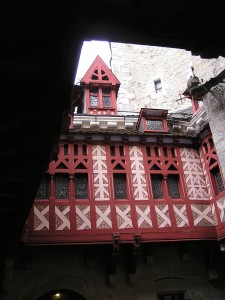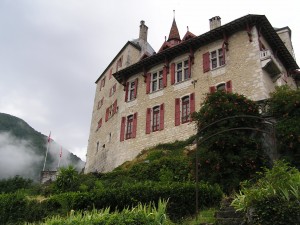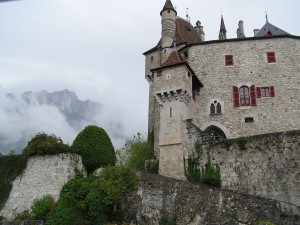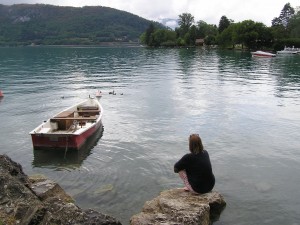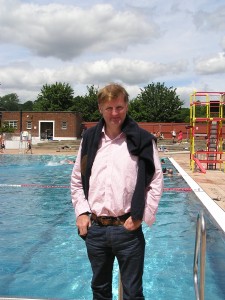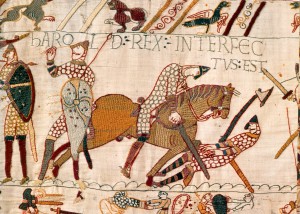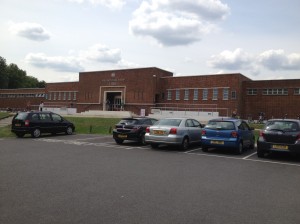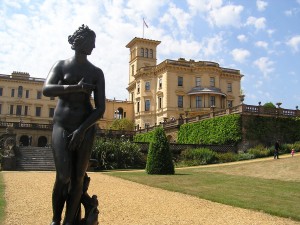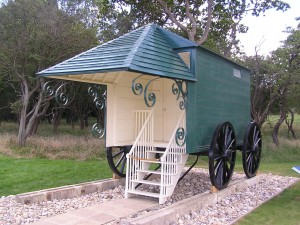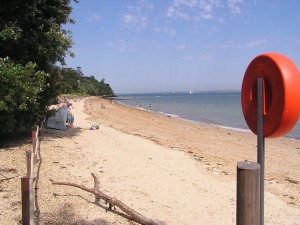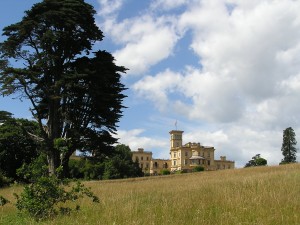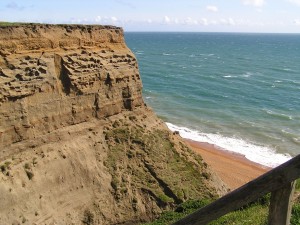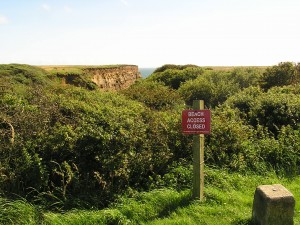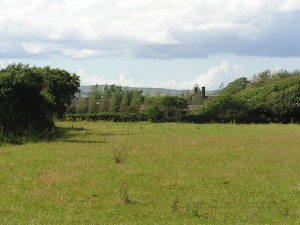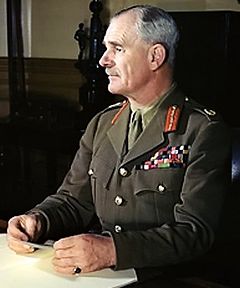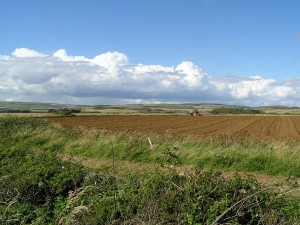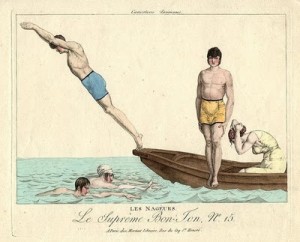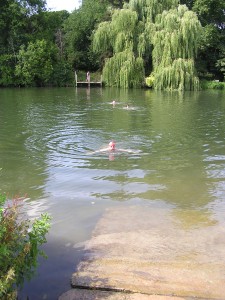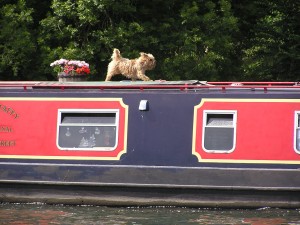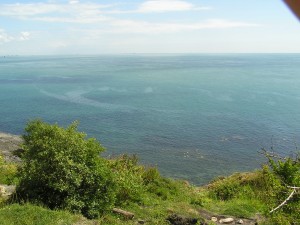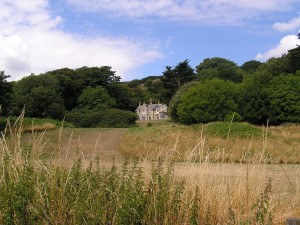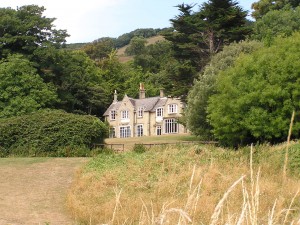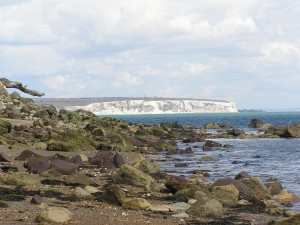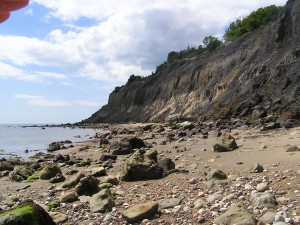
The Byzantines frowned on second marriages. They were permissible only when the first marriage had been childless. Third marriages were contrary to both ecclesiastical and Roman law, and to marry a fourth time was, according to the Patriarch Nicholas I Mystikos, ‘a bestial act only worthy of lower animals’ (Judith Herrin, Byzantium (London, 2007), p.187).
In the imperial family itself, notable transgressors were the Emperor Leo VI (four times married) and his great-great-granddaughter, the Empress Zoe Porphyrogennete (three times married). Although Zoe and her younger sister, Theodora, were the sole heiresses to the Macedonian dynasty, they were considered, as women, to be unfit to rule alone. It was therefore incumbent on Zoe to marry – and marry again. She otherwise risked being deposed.
Zoe’s third husband was the Emperor Constantine IX Monomachos, himself the survivor of two previous marriages. When her second husband, Michael IV, died in 1041, Zoe considered, and rejected, two other possible candidates. Although she had not set eyes on Constantine for seven years, he had been her great favourite in the past, so much so that a jealous Michael had had him banished (on fabricated charges of treason) to the island of Mytilene (Lesbos), where he had languished ever since.
Constantine was handsome, effortlessly charming and genuinely likeable. In his youth he had been a champion pentathlete. He was the last heir to a prominent ‘civilian’ family (most of whose known members had pursued judicial careers) and both his previous marriages had been illustrious. On the first occasion, he had become ‘son-in-law to the outstanding member of court society’ (regrettably unnamed by the chronicler, Psellos). Then, as a childless widower, he had been permitted to re-marry (in or before 1025), to the only child of the magistros Basil Skleros. The bride’s mother, Pulcheria Argyropoulaina, was sister to Romanos Argyropoulos, who had subsequently become Zoe’s first husband and emperor as Romanos III. It had been Romanos’s particular wish that Constantine should be ‘grafted to the rich fertile olive’ of his family, though he had a low opinion of his nephew-in-law’s abilities, and had never trusted him to do any serious work (Psellos, Chronographia, VI, 15-21, trans. Sewter, pp.162-5; J.-C. Cheynet, Pouvoir et contestations à Byzance (Paris, 1996), pp.192-3, 269).
At the time of his banishment in 1035, Constantine had recently been widowed for the second time. There was no hope of his remarrying. He had, however, fallen madly in love with his late wife’s niece, Maria Skleraina, a young widow herself, who had been taken into their household. The normally discreet Maria had been inveigled into a ‘highly improper association’ and had elected to share Constantine’s exile on Mytilene (which was considered a cruel fate indeed for a Constantinopolitan). On their way out, some monks of the neighbouring island of Chios had prophesied Constantine’s eventual return to the capital, not in disgrace but as emperor (Cheynet, pp.46, 56-70). It had given Maria hope that they would one day be able to marry. For an emperor, surely anything was possible.

Constantine was recalled in the spring of 1042 and returned to Constantinople in triumph. His wedding to Zoe took place on 11 June. The Patriarch, Alexios, made what are tactfully called ‘concessions to expediency – or shall we say that he bowed to the will of God in the whole affair?’ Constantine was about 42 years old. Zoe, at 69, was old enough to be his mother. There seems, at first, to have been a physical element to the marriage, but she soon tired of that, preferring to pursue the real passion of her later years, which was the running of her own private perfume factory in the Palace.
Maria, waiting anxiously on Mytilene, was sent word that an indulgent Zoe had consented to her return (Psellos, VI, 54, p.182). Constantine set her up in a small house near the Palace. If multiple marriages were frowned upon, it was yet more shocking to keep a mistress. Romanos III is said, by doing so, to have shown ‘little respect for the accepted standards of morality’ (Psellos, III, 17, p.75). Affronts to the dignity of the purple-born Zoe and Theodora were also liable to enrage the populace, who referred to them as ‘our mums’.
Deeply ashamed of himself and terrified of a scandal, Constantine took pains to conceal his affair. He commissioned extensions to Maria’s house and, on the pretext of overseeing the work, was able to pay her regular visits. Whilst the members of his entourage were distracted by banquets in the garden, he would disappear inside. They knew exactly what was going on, but became used to their regular feasts and seemed happy for them to continue. The Emperor, encouraged and emboldened, ceased after a while to make any secret of the affair.
It remained for him to come to some sort of arrangement with Zoe, who proved remarkably compliant. The Empress not only agreed to have Maria move into the Palace itself, but was also willing to sign a ‘treaty of friendship’ between the three of them. The entire Senate was summoned to witness the contract. They were astonished that Zoe, far from being humiliated and distressed, actually seemed to be quite pleased with the arrangement, by which Maria was even to be addressed officially by a specially created imperial title, that of sebaste. (On Maria’s title, see Nicolas Oikonomides, ‘St George of Mangana, Maria Skleraina, and the “Malyj Sion” of Novgorod’, Dumbarton Oaks Papers, 34/4 (1980-1), pp.239-46.)
According to Psellos, young Maria was not a remarkable beauty, but had a wonderfully charming and unaffected manner. It was a delight to hear her speak. She was also a good listener, and acutely sensitive to the feelings of those around her. Psellos, then an imperial secretary of similar age, found it impossible not to like her (Psellos, VI, 58-65, pp.183-7).
A large crowd gathered to watch Maria on her first public outing, when she processed with the other members of the imperial family to the Theatre. As she was passing, Maria saw a bystander turn to his companion and, in a stage whisper, mutter two well known words from Homer – ‘ου ηεμεσις …’ A cultured Byzantine quoted Homer as readily as a cultured Englishman quotes Shakespeare. He would also have been educated, and – at least in formal circumstances – would probably have conversed in classical Greek (the equivalent of a modern Englishman speaking the language of Chaucer). Anyone with an education would thus have recognised the quotation and understood its significance. It is the passage where Priam’s counsellors, rationalising the sufferings of the Greeks and Trojans for the sake of Helen, say that men have understandably been driven to it by her unearthly beauty.
When the formal ceremony was over, Maria approached the man and, imitating his tone exactly, recited the quotation in full:
ου νεμεσις Τρωας και ευκνημιδας Αχαιους
τοιήδ’ αμφι γυναικι πολυν χρονον αλγεα πασχειν.
αινως αθανατησι θεης εις ωπα εοικεν.
‘Small blame that Trojans and well-greaved Achaeans should for such a woman long time suffer woes; wondrously like is she to the immortal goddesses to look upon’ (Iliad, III, ll.156-8, trans. A. Murray, Loeb edition, I, p.129. I have, perforce, omitted the iota subscripts, breathing marks and other diacritics, too great a challenge for my computer).
It was a graceful compliment indeed, for which the flatterer was richly rewarded.
Maria Skleraina died before the age of thirty, suddenly, of a bronchial disease – for she was severely asthmatic – in 1044 or 5. Constantine was heart-broken. He had her buried in a sumptuous tomb at the monastery of St George-in-Mangana, under what is now the Topkapi Palace, which he had founded and granted to her – a further impropriety – so that its revenues would assure her of financial independence. Psellos was commissioned to deliver the oration (in iambic verse), in which he referred again to the charms of her conversation: he says that she was ‘truly an Orpheus and a Siren in words, sending unto all her beautiful song’ (Panagiotis A. Agapilos, ‘Public and Private Death in Psellos: Maria Skleraina and Styliana Psellaina’, Byzantinische Zeitschrift, 101ii (2008), pp.555-607). Apparently he was sincere.
The reign of Constantine IX Monomachos was an unmitigated disaster for the Empire. He neglected the affairs of state, concentrating instead on worldly pleasures. It amused him to construct a beautiful park and to place in the middle of it a deep pond, the sides of which were level with the surrounding lawn. He would watch as unsuspecting visitors, strolling through the park, suddenly found themselves up to their necks in water. At least the water was warm, and Constantine himself liked to bathe in it several times a day, even, apparently, in winter. It is most unusual to hear of a recreational swimmer in the Middle Ages. One day he caught a chill while emerging from the pool and it was the death of him. He was buried in January 1055, not with Zoe, who had pre-deceased him, but beside his beloved Maria at St George-in-Mangana. Perhaps they had enjoyed swimming together, all those years ago, off the Lesbian shore.
It is stated in the Russian Primary Chronicle that Vsevelod I, Grand Prince of Kiev, was married by 1053 to ‘a Greek princess’. Their eldest child, born in that year, was the future Vladimir I, surnamed ‘Monomakh’, who is assumed, therefore, to have been a relative, if not the grandson, of Constantine IX. A further suggestion is that the mother of the unfortunate ‘princess’ was Maria Skleraina. The evidence in the matter is inconclusive, but the bride sent to Russia appears also to have been called Maria (for the seal has been discovered there of the ‘all-high-born Maria Monomacha’), and Byzantine children were never named after their parents. In any case, Psellos would surely have mentioned it if there had been a child. Moreover, although he describes Constantine as the last of his line, the Emperor certainly had a first cousin, Theodosios Monomachos, who survived him and indeed aspired to the throne after his death (Cheynet, p.67); Vsevelod’s bride could have been the sister, daughter or niece of this Theodosios. (For an assessment of all the evidence, see Rupert Willoughby, ‘The Golden Line’, Genealogists’ Magazine, XXIII (March and June 1991), pp.321-7, 369-72.)
Constantine has at least left us his mosaic portrait (above), in the last bay of the south gallery of Hagia Sophia, the great cathedral church of Constantinople. Zoe was already depicted there, she and her previous husband, Michael, presenting gifts to the figure of Christ. On marrying Constantine she had all three heads renewed, ensuring that her own showed her in the most youthful, flattering light. Constantine’s interpolated head seems more realistic, with his handsome features and the fresh, ruddy complexion to which Psellos refers.
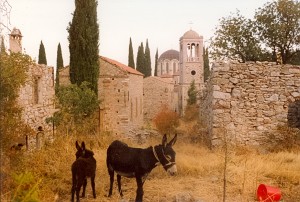 Constantine in gratitude to the Chian monks also founded the Nea Mone (‘New Monastery’) on the island (pictured left). It is now deserted, but I remember on a visit in October 1991 seeing a small psalter or prayer-book that is supposed to have belonged to him. Moreover, there are through Vladimir Monomakh – whose many descendants include Edward II’s queen Isabella of France – countless people in the West who can, with some confidence, claim Constantine IX Monomachos as a kinsman – if not as a direct ancestor.
Constantine in gratitude to the Chian monks also founded the Nea Mone (‘New Monastery’) on the island (pictured left). It is now deserted, but I remember on a visit in October 1991 seeing a small psalter or prayer-book that is supposed to have belonged to him. Moreover, there are through Vladimir Monomakh – whose many descendants include Edward II’s queen Isabella of France – countless people in the West who can, with some confidence, claim Constantine IX Monomachos as a kinsman – if not as a direct ancestor.
